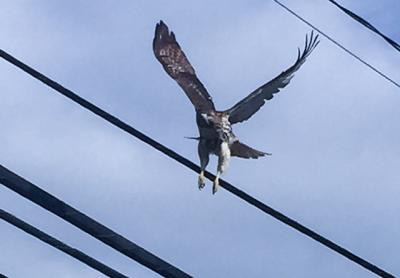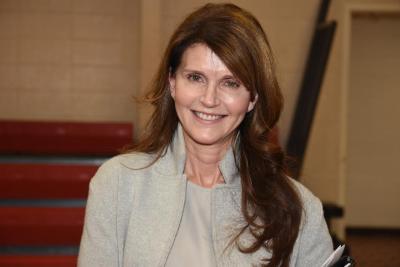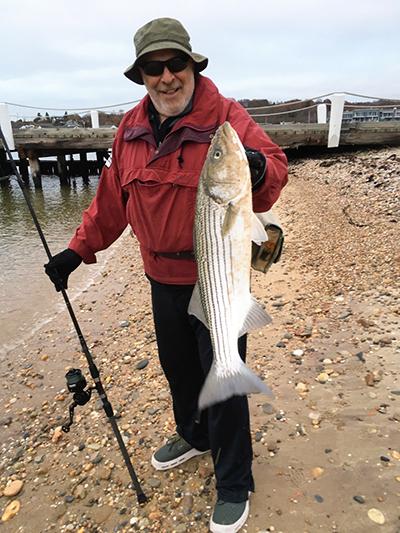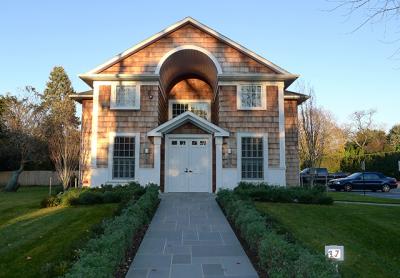Update: Commercial Fishing Boat Runs Aground in Montauk
Update: Commercial Fishing Boat Runs Aground in Montauk
Update, Nov. 28, 4:20 p.m.: The New London, Conn., dragger that ran aground on Navy Beach in Montauk on Sunday morning and has been taking on water since then has at least one hole in its hull, a man on the boat told the Coast Guard on Monday.
According to the Coast Guard, the 38-year-old Miss Scarlett, which is owned by Consolidated Marine, has 1,800 gallons of fuel oil onboard. Some or all of it will likely have to be pumped out before the 55-foot steel-hulled dragger can be towed back to New London.
The boat had left New London around midnight on Saturday and ran aground at Navy Beach around 6 a.m. on Sunday.
“The cause is under investigation,” Boatswain’s Mate First Class Ryan O’Hare said Monday. “The owner is trying to repair and salvage it,” the officer said. “There are no signs of any pollution or leaks. . . . It’s pretty sturdy.”
A crew from Miller Environmental Services, a company specializing in containing potential oil spills, has spread a boom around the hull. The owner of Consolidated Marine has been on the vessel since Sunday morning, but would not respond to a request for comment.
Original, Nov. 27, 4:01 p.m.: A 55-foot commercial a commercial fishing dragger, the Miss Scarlett, based in New London, Conn., ran aground on the beach along Navy Road in Montauk at about 6 a.m. Sunday near high tide.
There were no injuries reported. The crew of the Miss Scarlett remained onboard the stranded vessel until they were picked up by a skiff from another boat around noon.
The stranded vessel, which was located just west of the Port Royal, became a destination for families who flocked to the beach to take pictures of it throughout the morning.
According to the Coast Guard, the boat will be pulled off the beach by salvage vessels if found sound enough once the turbulent waters subside.
The Coast Guard will not comment further on the incident until it completes its investigation.
The winds were blowing from the northwest at nearly 20 knots all Sunday. Those winds caused a higher tide than normal throughout the weekend. They are not expected to drop into single digits until Monday afternoon.
--
Correction: The update of this story published on Nov. 28 incorrectly stated that a salvage company was on the Miss Scarlett. That is not the case.






